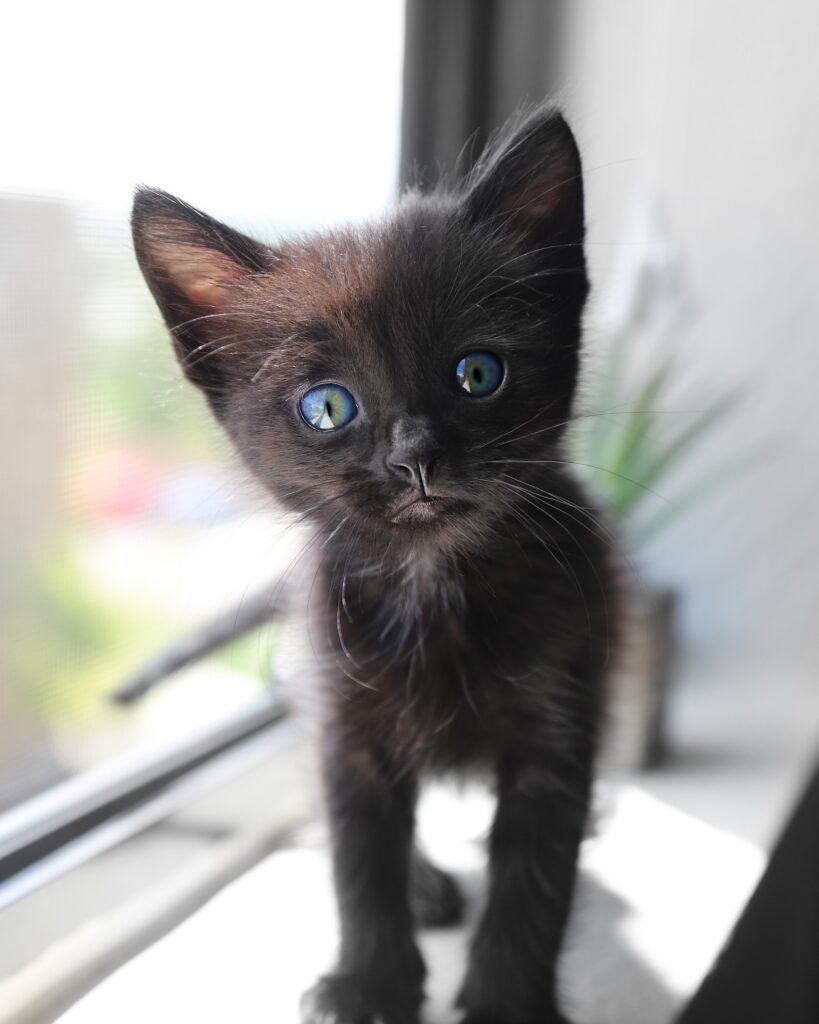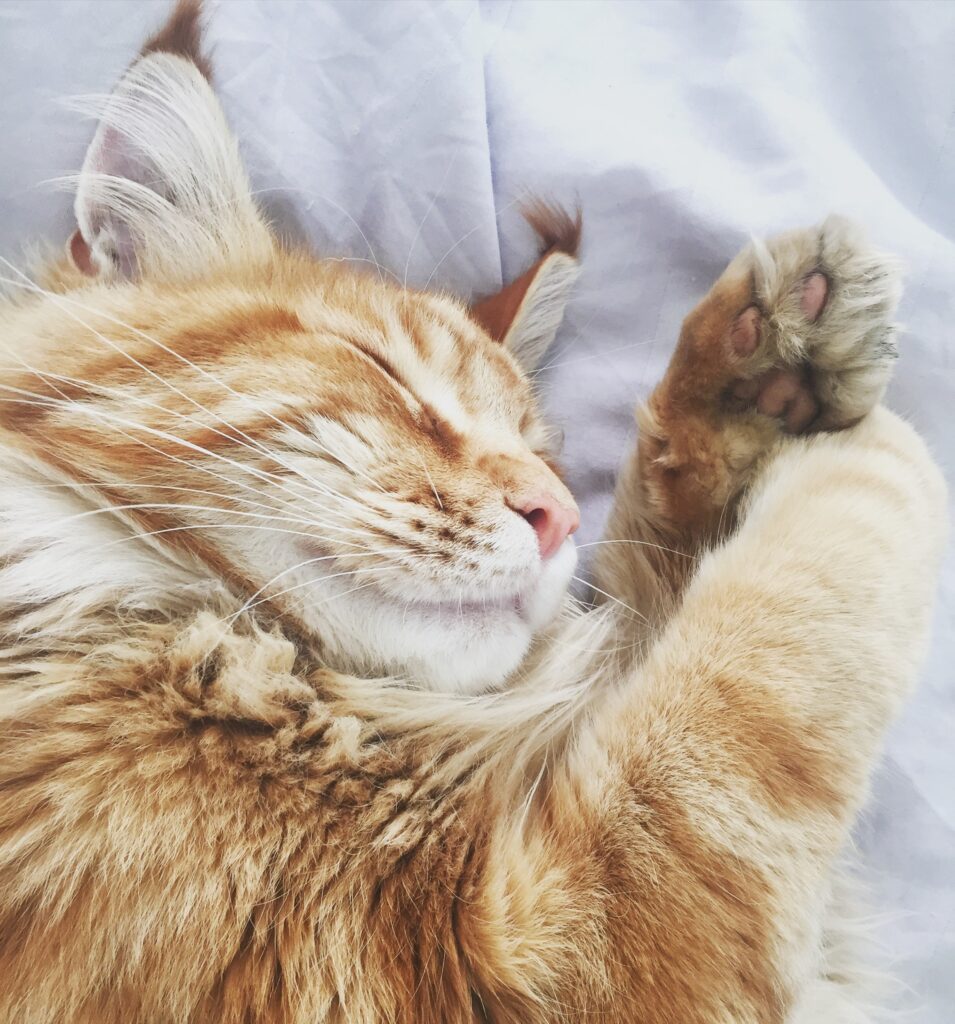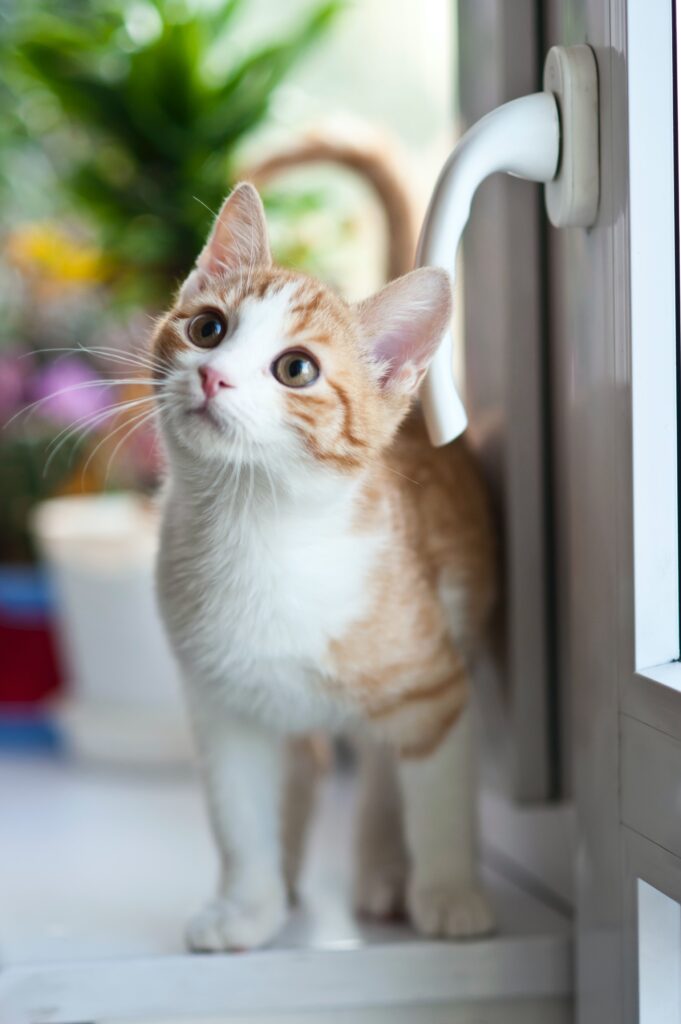Welcome to a purrfect celebration of our beloved feline friends on International Cat Day! As cat enthusiasts around the world unite to honor these enigmatic and charming companions, we embark on a journey to explore the art of ensuring their health and happiness.
International Cat Day is observed on August 8 every year. It was created in 2002 by the International Fund for Animal Welfare to raise awareness for cats and learn about ways to help and protect them. In 2020, custodianship of International Cat Day passed to International Cat Care, a not-for-profit British organization that has been striving to improve the health and welfare of domestic cats worldwide since 1958. The day reminds cat parents of their contribution towards the betterment of society.
Having cats as pets has a positive impact on human health. In addition, they also aid in cognitive functionality. International Cat Day is a means through which the animal rights organization promotes the needs and wants of cats.
Join me to debunk common myths surrounding cats, delve into intriguing trivia that showcases their captivating nature, and provide you with expert insights on maintaining their well-being. Plus, get ready to engage with our entertaining cat quiz that will test your knowledge and deepen your connection with these wonderful creatures.
Let’s dive in and uncover the secrets to fostering a harmonious and joyous life alongside our whiskered companions!
Myths and Misconceptions about cats
Did you know there are many myths and misconceptions about cats that have been around for a long time. Some of them are harmless, but others can be harmful or misleading. Here are some common myths about cats and how to debunk them:

- Cats always land on their feet: This is not true. Cats are very agile and have a reflex that helps them twist their bodies in mid-air, but they can still get injured or even die from falls. The higher the fall, the more likely the cat will suffer from broken bones, internal bleeding, or respiratory problems. To prevent this, make sure your windows have screens and your balconies have railings. Also, keep your cat indoors or supervised when outside.
- Female cats should give birth before being spayed: This is not true. Spaying your female cat before she has kittens is better for her health and for the welfare of cats in general. Spaying reduces the risk of mammary cancer, uterine infections, and unwanted pregnancies. It also helps prevent the overpopulation of cats, which can lead to homelessness, disease, and euthanasia. You can spay your cat as early as 8 weeks of age.
- Cats cannot be trained: This is not true. Cats can learn to do tricks, use the litter box, scratch appropriate surfaces, and even play musical instruments. The key is to use positive reinforcement, such as treats, praise, or toys, and avoid punishment or scolding. Cats are smart and curious animals who enjoy mental stimulation and bonding with their owners. You can start training your cat at any age, but it may be easier when they are young and eager to learn.
- It’s OK for cats to eat a little chocolate: This is not true. Chocolate is toxic to cats (and dogs) because it contains a substance called theobromine, which they cannot metabolize. Even a small amount of chocolate can cause vomiting, diarrhea, seizures, or even death in cats. The darker the chocolate, the more dangerous it is. You should never give your cat any chocolate or leave it where they can reach it. If you suspect your cat has eaten chocolate, call your vet immediately.
How to take care of your cat’s health and happiness

There are many ways to provide your cat with cat friendly resources for health and happiness. Below are some tips:
- Keep your cat indoors or provide a safe outdoor enclosure for them. Indoor cats are less likely to encounter dangers such as predators, cars, diseases, or poisons. Outdoor cats can enjoy the fresh air and stimulation in a screened porch, a patio, or a fenced yard with supervision.
- Play with your cat regularly. Cats need mental and physical stimulation to stay healthy and happy. Provide them with a variety of toys that allow them to stalk, chase, pounce, and kick.
- Provide your cat with a comfortable and enriching environment. Cats love to climb, scratch, hide, and nap in cozy places. Provide them with a cat tree, a scratching post, a window perch, a cardboard box, or a paper bag.
- Feed your cat a balanced and appropriate diet. Cats are obligate carnivores, which means they need meat to survive. Choose a high-quality cat food that meets their nutritional needs and preferences. You can also use a lick mat to slow down their eating and provide mental stimulation.
- Take your cat to the vet regularly. Cats need preventive care such as vaccinations, parasite control, dental care, and wellness exams. Regular check-ups can help detect and treat any health issues early and keep your cat in good shape. Find a cat-friendly vet who understands feline behavior and needs.

Some very interesting trivia about cats
- Cats are the world’s most popular pets, outnumbering dogs by as many as three to one. This is because cats are more adaptable, independent, and easier to care for than dogs. They can also live in a variety of environments, from urban apartments to rural farms.
- They have a unique nose print, just like humans have fingerprints. No two cats have the same pattern of ridges and bumps on their noses. This can be used to identify them if they get lost or stolen.
- Cats can make more than 100 different sounds, while dogs can only make about 10. They use vocalizations to communicate with other cats and humans. Some of the most common sounds are meowing, purring, hissing, growling, and chirping.
- They can’t taste sweetness, because they lack the gene that codes for the sweet taste receptor. This means that cats have no preference for sugary foods, unlike humans and dogs. They mainly rely on their sense of smell and texture to choose their food.
- Cats sleep for about 70% of their lives, which is equivalent to about 16 hours a day. They are crepuscular animals, which means they are most active during dawn and dusk. They sleep during the day to conserve energy and hunt at night.
- Cats are very flexible and can squeeze through small spaces. This is because they have a flexible spine and no collarbone. They can rotate their bodies up to 180 degrees and fit into openings as small as their heads.
- They have an extra organ that allows them to taste the air. This organ is called the vomeronasal organ or Jacobson’s organ. It is located in the roof of their mouth behind their teeth. Cats use it to detect pheromones and other chemical signals from their environment.
- Cats are very sensitive to vibrations and can sense earthquakes before they happen. They have an acute sense of balance and can feel the slightest movement of the ground. They also have whiskers that help them navigate and detect changes in air pressure.
- They have a long history of being worshipped and revered by different cultures. In ancient Egypt, cats were considered sacred animals and symbols of the goddess Bastet. Killing a cat was punishable by death. In Japan, cats are seen as lucky charms and bringers of fortune. In China, cats are associated with prosperity and longevity.
- Cats are one of the few animals that can survive a fall from a great height. This is because they have a natural ability to orient themselves in mid-air and land on their feet. They also have a low body weight and a large surface area that reduces the impact force.
- They have three eyelids: an upper eyelid, a lower eyelid, and a third eyelid. The third eyelid is also called the nictitating membrane or haw. It is a thin layer of tissue that protects the eye from dust, dirt, and injury. It also helps keep the eye moist and lubricated.
- They are very intelligent and can learn tricks, solve puzzles, and even play games. They have a brain that is similar to humans in terms of structure and function. They have a high IQ and a good memory. They can also understand human emotions and gestures.
- Cats are very hygienic and spend about 30% of their waking hours grooming themselves. Grooming helps cats remove dirt, parasites, and loose fur from their coats. It also helps them regulate their body temperature and distribute natural oils that keep their skin healthy.

- They are very territorial and mark their boundaries with urine, feces, scratches, and rubs. Marking helps cats communicate with other cats and establish their dominance. It also helps them feel secure and comfortable in their own space.
- Cats are very social and form strong bonds with other cats and humans. They often live in groups called clowders or colonies. They share resources, groom each other, play together, and defend each other from threats. They also show affection to their human companions by purring, nuzzling, licking, and kneading.
- They have a keen sense of smell and can detect odors that humans can’t. They have about 200 million olfactory receptors in their noses, compared to about 5 million in humans. They use their smell to identify food, mates, enemies, and territory.
- Cats have a special reflex that helps them land on their feet when they fall. This reflex is called the righting reflex or aerial righting reflex. It allows cats to twist their bodies in mid-air and align their limbs with the direction of gravity.
- Cats have a lifespan that varies depending on their breed, environment, health, and lifestyle. The average lifespan of a domestic cat is about 15 years, but some cats can live up to 20 years or more. The oldest cat on record was a tabby named Creme Puff, who lived for 38 years and 3 days.
- They have a unique way of drinking water by using their tongues as a spoon. Cats curl their tongues backwards and create a column of water that they quickly lap up. They can drink about four teaspoons of water per minute this way.
- Cats have a natural instinct to hunt and catch prey, even if they are well-fed and domesticated. They are carnivores and need meat to survive. They have sharp teeth, claws, and eyes that help them catch rodents, birds, insects, and other small animals. They also have a playful and curious personality that makes them chase anything that moves.
- They can sweat only through their paws and do not sweat anywhere else on their body

Now that you know so much about cats lets have some a fun!
10 fun quiz questions about cats
Here you go…Are you ready?
Q1: What is the name of the cat that lives in the White House with President Joe Biden and his family?
- A) Major
- B) Champ
- C) Willow
- D) Winston
Q2: What is the name of the fictional cat that can disappear and reappear at will in Lewis Carroll’s Alice’s Adventures in Wonderland?
- A) The Cheshire Cat
- B) The Mad Hatter
- C) The Dormouse
- D) The Caterpillar
Q3: What is the name of the world’s smallest cat breed, which can weigh as little as 1.36 kg (3 lb)?
- A) Munchkin
- B) Singapura
- C) Cornish Rex
- D) Devon Rex
Q4: What is the name of the musical composed by Andrew Lloyd Webber, based on a collection of poems by T.S. Eliot, featuring a cast of cats?
- A) Cats
- B) Les Misérables
- C) Phantom of the Opera
- D) Evita
Q5: What is the name of the internet sensation cat that became famous for its grumpy facial expression?
- A) Grumpy Cat
- B) Angry Cat
- C) Moody Cat
- D) Cranky Cat
Q6: What is the name of the Japanese cat-shaped robot that travels back in time to help a boy named Nobita Nobi in a manga and anime series?
- A) Doraemon
- B) Pikachu
- C) Astro Boy
- D) Hello Kitty
Q7: What is the name of the Egyptian goddess of cats, who was often depicted with a cat’s head or a lioness’s body?
- A) Isis
- B) Bastet
- C) Sekhmet
- D) Hathor
Q8: What is the name of the black and white cat that starred in a series of silent comedy short films alongside Charlie Chaplin in the early 20th century?
- A) Felix
- B) Garfield
- C) Tom
- D) Sylvester
Q9: What is the name of the genetic mutation that causes some cats to have extra toes on their paws?
- A) Polydactyly
- B) Albinism
- C) Heterochromia
- D) Melanism
Q10: What is the name of the cat that belongs to Hermione Granger in the Harry Potter series of books and films?
- A) Crookshanks
- B) Hedwig
- C) Scabbers
- D) Fluffy
Answers:
Q1: Answer: Willow
Q2: Answer: The Cheshire Cat
Q3: Answer: Singapura
Q4: Answer: Cats
Q5: Answer: Grumpy Cat
Q6: Answer: Doraemon
Q7: Answer: Bastet
Q8: Answer: Felix
Q9: Answer: Polydactyly
Q10: Answer: Crookshanks
Conclusion
As International Cat Day reminds us of the cherished bond we share with our feline companions, it’s vital to prioritize their well-being. By embracing expert care advice, dispelling myths, and delving into captivating cat trivia, we can ensure our furry friends lead happy and healthy lives. So, whether it’s pampering them with the right food, providing stimulating environments, or nurturing their unique personalities, let’s continue to celebrate our cats and give them the love and care they truly deserve. And now, put your knowledge to the test with our entertaining cat quiz, and discover just how much you truly know about these enchanting creatures!
